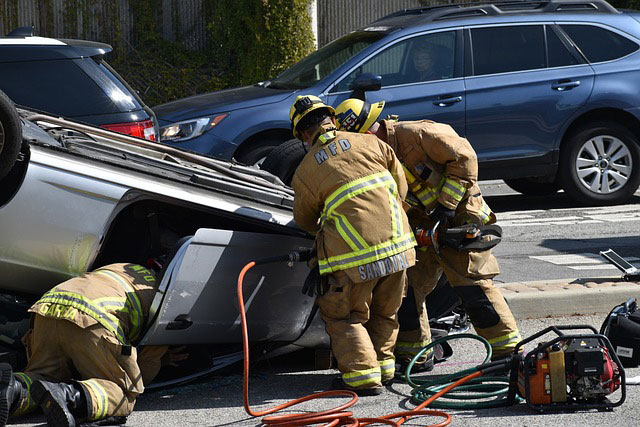The open road, with its sense of freedom and adventure, has always symbolized mobility and possibility. However, alongside the thrill of driving lies a stark reality – the risk of car accidents. Car accidents are a leading cause of injury and death worldwide. Despite advancements in vehicle safety technology and improved road infrastructure, understanding the risk factors contributing to car accidents remains crucial for preventing these tragic incidents. Let’s unravel the current car accident statistics and the key factors contributing to these unfortunate incidents.
Table of Contents
Current Car Accident Statistics
According to the National Highway Traffic Safety Administration (NHTSA), there were approximately 38,800 deaths in motor vehicle crashes in the United States in the latest reported year. This translates to over 100 fatalities per day. Beyond the loss of life, car accidents also result in serious injuries, property damage and emotional trauma for countless individuals and families.

Factors Contributing to Car Accidents
1. Distracted Driving
In the age of smartphones and constant connectivity, drivers are frequently tempted to use their devices while behind the wheel. Whether texting, checking emails, or scrolling through social media, these distractions divert attention from the road, increasing the likelihood of collisions. According to the National Highway Traffic Safety Administration (NHTSA), in 2020 alone, an estimated 3,142 lives were lost due to distracted driving-related accidents. If necessary, practicing focused driving and utilizing hands-free technology is crucial to counter this.
2. Speeding
Speeding might seem harmless, but it significantly elevates the risk of accidents. Higher speeds reduce reaction times, making avoiding sudden obstacles or reacting to changing road conditions harder. Moreover, the impact of a collision at higher speeds is more severe, leading to more fatalities and serious injuries. The World Health Organization (WHO) indicates that an increase in speed directly correlates with an increase in the likelihood of a crash and the severity of its outcome. Adhering to speed limits and adjusting speed according to road and weather conditions is paramount.
3. Driving Under the Influence
Driving under the influence of alcohol or drugs remains a persistent risk factor for car accidents. Impaired drivers experience decreased reaction times, compromised judgment and decreased coordination, all contributing to accidents. According to the NHTSA, in 2019, alcohol-related crashes accounted for 10,142 deaths in the United States. Preventing these accidents involves making responsible choices—always designating a sober driver or using alternative transportation after consuming substances that impair driving abilities.
3. Poor Weather and Road Conditions
Inclement weather and poorly maintained roads pose substantial risks to drivers. Rain, snow, ice and fog can diminish visibility and create slippery surfaces, making it difficult to control a vehicle. The Federal Highway Administration (FHWA) notes that weather-related crashes account for nearly a quarter of all accidents annually. To minimize the impact of these conditions, drivers should reduce speed, increase following distances, and ensure their vehicles are equipped for adverse weather.
4. Fatigue
Driving while fatigued might not receive as much attention as other risk factors, but it’s equally dangerous. Fatigue impairs concentration and reaction times, resembling the effects of alcohol impairment. The National Safety Council (NSC) states that fatigued driving is responsible for approximately 20% of all accidents. To combat this, drivers should prioritize getting adequate rest before embarking on long journeys and take regular breaks during extended drives.
Final Thoughts
A car accident can have devastating effects on a person’s life. Common car accident injuries, such as back sprains, traumatic brain injuries, and broken bones can have devastating consequences. The road to safer driving begins with acknowledging the risk factors contributing to car accidents. By understanding the dangers of distracted driving, speeding, driving under the influence, poor road conditions, and fatigue, we can make conscious choices that promote safety for ourselves and others. Remember, the next time you take the wheel, you have the power to prevent accidents and ensure a safer journey. Stay focused, stay responsible and let’s make our roads a place where safety always rides shotgun.












